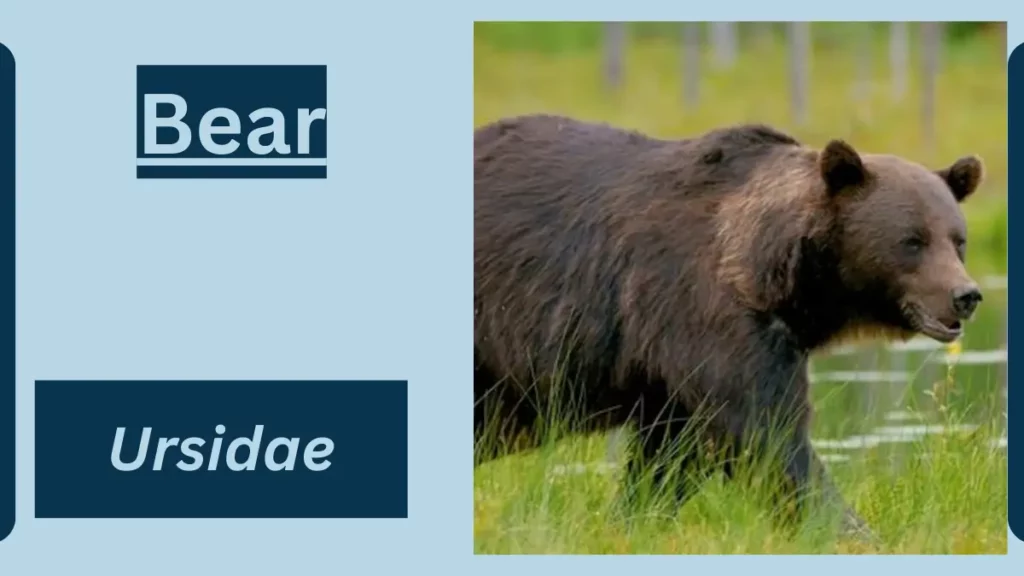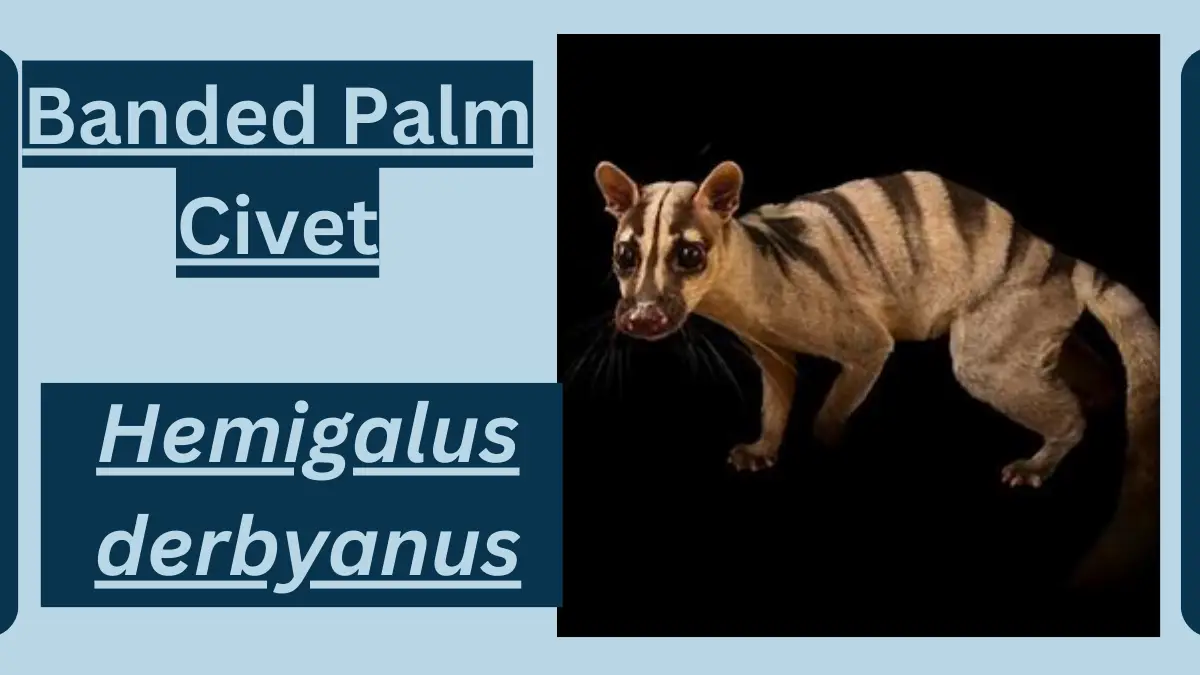Bear Animal Facts | Ursidae
October 17, 2023
Bears are large, powerful mammals belonging to the family Ursidae. They are known for their distinctive appearance and behavior.

Bear
Here are some facts about bears:
| Topic | Information |
| Scientific Classification | Kingdom: Animalia |
| Phylum: Chordata | |
| Class: Mammalia | |
| Order: Carnivora | |
| Family: Ursidae | |
| Various Species: There are several species of bears, including the polar bear, grizzly bear, black bear, brown bear, panda bear, and more. | |
| Physical Appearance | Size: Bears vary in size depending on the species, with the polar bear being one of the largest and the sun bear being one of the smallest. Polar bears can reach lengths of 8 to 9 feet and weigh over 1,000 pounds, while sun bears are about 4 to 5 feet long and weigh around 60 to 150 pounds. |
| Fur: Bear fur can vary in color and texture. Polar bears have white fur, while others may have black, brown, or reddish fur. Some bears have coarse fur, while others have softer, dense fur. | |
| Distribution and Habitat | Bears are found in various habitats worldwide, including North and South America, Europe, Asia, and the Arctic. Their specific habitat depends on the species. They can live in forests, tundra, mountains, and even urban areas. |
| Behavior and Lifestyle | Diet: Bears are omnivorous, with diets that may include plants, berries, fish, insects, and small mammals. Polar bears are primarily carnivorous. |
| Hibernation: Many bear species hibernate during the winter, reducing their metabolic rate and surviving on stored body fat. | |
| Solitary vs. Social: Some bear species, like grizzly bears, are more solitary, while others, like panda bears, may be more social. | |
| Reproduction and Life Cycles | Bears reproduce sexually, with females giving birth to one to four cubs, depending on the species. Cubs are usually born in winter dens. |
| Diet and Prey | Bears have diverse diets. For example, grizzly bears eat a variety of foods, including plants, fish, and mammals. Panda bears primarily consume bamboo, while polar bears primarily hunt seals. |
| Predators and Threats | Bears have few natural predators, with humans being their primary threat. Habitat loss, poaching, and climate change are significant concerns for bear populations. |
| Interesting Facts and Features | Polar Bear Swimmers: Polar bears are excellent swimmers and are known to travel long distances in the sea. |
| Panda Bear’s Thumb: Panda bears have an opposable “thumb” to help them grasp bamboo. | |
| Relationship with Humans | Bears have played significant roles in various human cultures, often symbolizing strength, courage, or wildlife conservation. They are also hunted for their fur, meat, and body parts, and are the focus of conservation efforts in many regions. |
| Conservation Status and Life Today | Many bear species are listed as threatened or endangered due to habitat destruction and hunting. Conservation efforts are underway to protect these iconic creatures and their natural habitats. |
File Under:







Leave a Reply